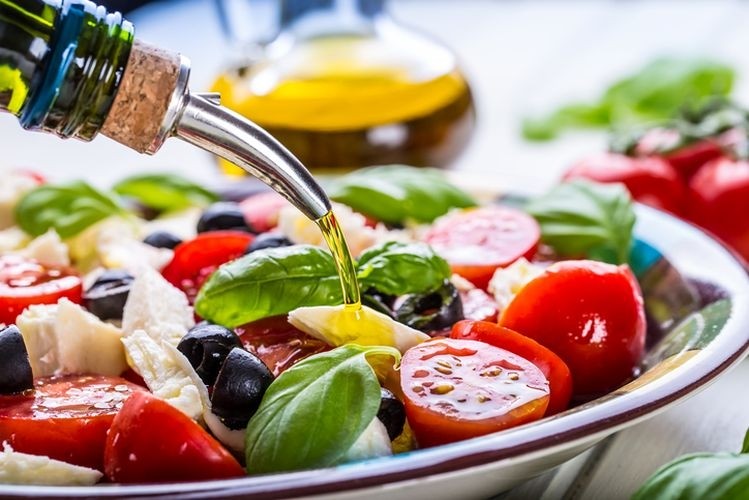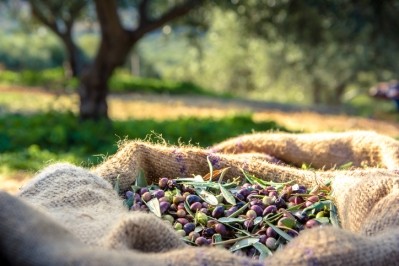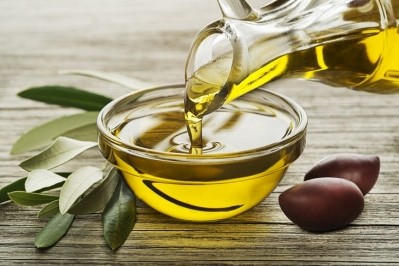2019/20 California olive oil harvest looking strong compared to dismal 2018/19 crop, says COOC

“We had a short crop in 2018 due to weather problems throughout the state, whereas we’re hoping for four million gallons from the 2019 harvest [olives and typically harvested between early October and mid-December], more than double what we had in 2018,” said Patty Darragh, the outgoing executive director of the COOC.
Speaking to FoodNavigator-USA last month before she retired (Darragh’s successor is Patricia King), she said: “The main issue with the previous crop was that in the first quarter of 2018 we had unseasonably warm temperatures followed by cold snaps including some freezing temperatures, and then some unseasonably warm days so the flowering/budding was totally off.”
The US is a relatively small player in the global olive oil market, accounting for less than 1% of production. Narrow the focus to domestic consumption, however, and the meteoric growth of US producers (primarily in California) over the past decade comes into sharper focus, she said.
A decade ago, the US olive oil industry accounted for less than 1% of domestic olive oil consumption, and now it represents more than 5%, with acreage growing significantly, she said: “In early 2019, we had about 41,000 acres of olive trees planted for the production of extra virgin olive oil in the state [of California] and we estimate that another 15,000 new acres will be planted by the end of 2020.
“Right now the largest acreage is in the Sacramento Valley and the Central Valley, and most are medium to large producers that use super high density planting and mechanical harvesting. In the last decade or so, the speed with which olive trees go [from seedlings] to maturity has also gone done from four years to two and a half years. The trees do not reach full maturity until you get to 8-10 years, but you can start harvesting earlier.”
'Olives demand a very long hot dry summer'
She added: “Good quality olive oil is produced worldwide, but we think there are advantages to olive oil produced in California for American consumers. It supports local producers, reduces the carbon footprint and shows a commitment to meeting high quality standards, and what’s also interesting is that similar to the wine industry, we’ve taken 75+ varieties from all over the world and excelled in blending them.”
While olives are now being grown in other US states including Arizona, Texas, Georgia, Florida, Oregon and Hawaii, California accounts for the vast majority of production, said Darragh. “Olives really demand a very long hot dry summer and that we certainly have in California, and they prefer a moderate winter.”
Asked about the recent imposition of tariffs on EU olive oil being imported into the US in the wake of the Airbus dispute, she said: “Even though we’ve grown dramatically, the [domestic] industry obviously can’t supply all the olive oil that we need, so we hope there’s some resolution on this.”
*The California Olive Oil Council is a trade association with the mission of encouraging the consumption of certified California extra virgin olive oil. The COOC seal for extra virgin olive oil is designed to assure buyers that the brand they buy is extra virgin olive oil, is grown in California, and has come from the most recent harvest in the state. To gain certification, an oil must comply with requirements of an annual chemical analysis and a sensory evaluation.
If the term ‘extra virgin olive oil’ is to have any meaning for US shoppers, the FDA needs to come up with a standard of identity – and enforce it – argues a citizen’s petition filed by the American Olive Oil Producers Association (AOOPA) and the world’s largest olive oil company Deoleo. Read more HERE.










